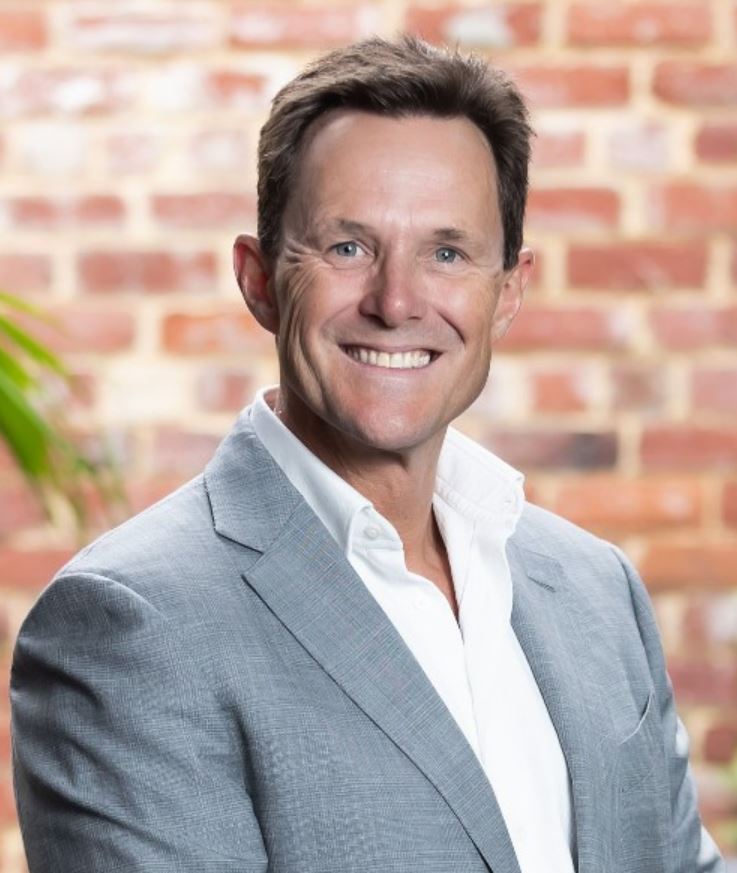The advisory firm has warned the Royal Commission that Australia has just a short “window of opportunity” to improve aged care services for the Baby Boomer generation without further risking the economy – but a Medicare-style levy like the one proposed in the Commission’s consultation paper on the funding and financing of the aged care system is not the answer.
The lengthy 99-page report – handed to the Royal Commission on Tuesday, the deadline for submissions on the paper – finds the analysis on international aged care systems, for example Sweden and Denmark, by the Royal Commission is largely irrelevant to the Australian financing experience.
“All countries are struggling to address these issues and we must forge our own path,” it reads.
Providers now on the brink of insolvency thanks to COVID
Ansell warns that the concerns raised in their March Urgent Call to Action report – which pointed to the “imminent collapse” of the residential care sector with up to $9 billion in RADs to be paid out over the next year – are now a reality in Victoria.
Delayed probates are being processed but homes aren’t taking in new residents.
Ansell says the operators don’t have the cash.
“A Government response to the financial implications of coronavirus is critical to avoid a sector collapse in the middle of this pandemic,” the report states.
Better allocation of resources and means testing needed
To achieve a system that focuses on quality of life, not just clinical care, would require three changes, the report argues:
- Changing the funding and assessment system to increase access to home care and better resource residential care.
- Allowing consumers to make larger contributions to their care by means testing the family home.
- Addressing the uncertainty in the current RAD/DAP system to encourage more investment.
Too late for an aged care levy or social insurance system

I spoke to Ansell’s Managing Director, Cam Ansell, about the submission.
He underlined the fact that an aged care levy or social insurance system would be very hard to sell in the current economic environment and too late in the population ageing cycle, citing that a levy was first proposed following the release of the Government’s 2002 Intergenerational Report.
“Had it been done in 2002, it would have been useful,” Cam said. “But putting a levy on an economy that is now crippled and has a shrinking taxpayer base is not a solution.”
His answer: the family home must be means tested if we want to give the next generation a chance to access aged care services.
More consumer contributions key to sustainable system
“We need to stop thinking about international solutions as answers,” he said. “We already have the foundations to build one of the best systems in the world.”
However, Cam argues that having a taxpayer-only funded service has resulted in a Government-rationed, homogenous product that the Baby Boomer generation will not want.
Noting that Australia currently spends 1.2% of its GDP on aged care – an “average amount” for a wealthy country, he says an “average contribution” from consumers would tip the scales towards an aged care system that would deliver on ‘life’ as well as ‘care’.
“We need to allow people to use what resources they have to get the most out of the last years of their life,” he concluded.
Will the Commissioners agree with this view?










